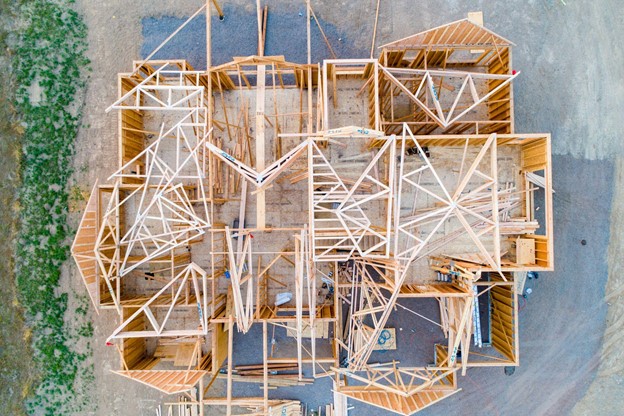Three focuses of my blog are Financial Literacy/Money, Business/Entrepreneurship and Home/Property Discussions. If in the real estate business, then you’re going to be involved in property development and all it entails. The following contributed post is entitled, Top Tips To Help You Reach Success In Property Development.
* * *
Perhaps you are just getting started in the real estate industry. Maybe you are currently in the real estate business, but you want to take your company to the next level. Perhaps you have attempted to gain access to the property, but you have found yourself feeling a little trapped and unsure of where to go next.
Hopefully, this post will be of great use to you and provide you with clarity, allowing you to move forward or expand your real estate business.

Collaborate with consultants as early on as possible
In comparison to a single designer, a feasibility discussion with relevant experts will undoubtedly bring substantially more value, cost certainty, and risk identification to a project and provide a competitive advantage if conducted during the pre-acquisition stage. This will also allow for the development of a more accurate project timetable and cash flow model early in the process, which will aid in the identification of any lending requirements and drawdown timelines that may arise.
Property developers are familiar with the cash flow model, and consultants who routinely work with them are likely to negotiate flexible fee arrangements to accommodate drawdown timetables or project milestones. Any expenditures spent would, in most cases, be balanced by the value that has been brought to the plan as a result of the change.
Keep your cost model up to date
It is highly improbable that your early estimates of project expenses will turn out to be correct. As the design for the concept progresses, the materials, construction methods, and areas of work that have been proposed will evolve. These expenses should be documented as part of the development cost modeling process. It is usual for construction costs to rise as the design grows more comprehensive, sometimes due to extra requirements from governmental agencies or the inclusion of specialized design components.
In cases where contingencies have been included in the scheme from the beginning, make a list of the areas of the project that are unknown or where the design has not been completed, as these will most likely be the places where cost assumptions have been made. Then, as the project advances, make an effort to take out these items and put a contingencies agenda item on the project team’s meeting schedule so that you can discuss these items regularly.
Be innovative with your procurement
Regardless of the size or complexity of your project is, the most important thing to do is to ensure that a construction contract is in place. You should put every project to tender to maintain cost competitiveness or even handed over to an investment construction company such as Costas Constructions. Bidding is an effective strategy since it will allow various construction companies to review and provide insight into the scheme, identifying areas that require more risk mitigation measures, design information, or value engineering choices.
If your construction project involves a renovation, conversion, or addition to an existing structure, it is typical for a separate strip-out or enabling works contract to be established. This will allow any concealed components of the property to be viewed and provide more certainty to the budget and schedule.
After consulting with your Project Manager, Architect, or Quantity Surveyor, they should be able to give you several distinct contract choices, each of which will outline the differences in design control, risk proportion, and contract handover methods.
